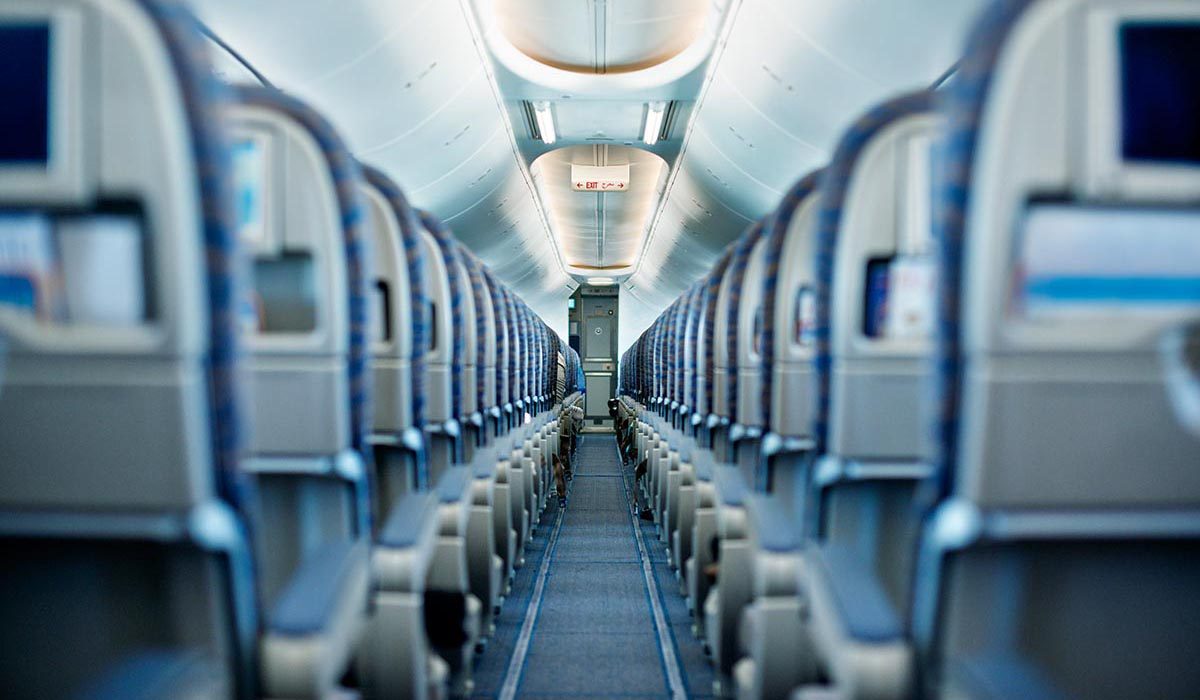Attached is an updated model that applies dive computer data to NOAA no-deco air tables and the NOAA Ascent table to show you NOAA’s recommended surface interval before ascending to altitude (1k-10k). As one would expect, the model works best with as “square” a dive profile as possible. It is extremely conservative when a diver follows a “V” profile.When I lived in Jordan and had to climb to 1600m each time when leaving Aqaba, I hacked together a model in Excel that converts my DC data to square tables and then applies the Navy ascent to altitude tables. For nitrox I just converted max depth of dive to equivalent air depth of the breathed gas. If I can find it and clean it up a bit I’ll post it here for anyone interested to check my math.
Per usual, this is for educational / discussion purposes only. You are responsible for your choices. When in doubt, wait 48 hours.
I’d appreciate thoughts on how this compares to other’s experiences.




